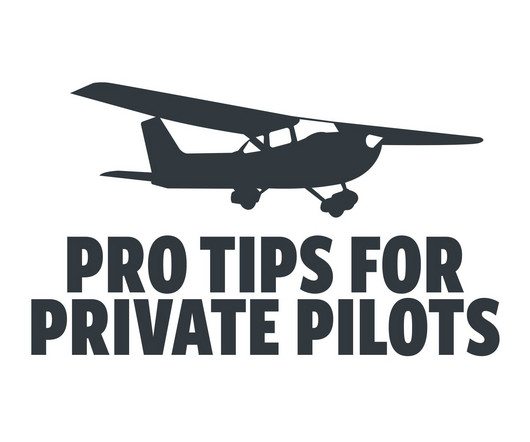Throttle Mismanagement: A T-38 Lesson That Stuck
Air Facts
MAY 14, 2025
After closing the speed brakes and raising the gear and flaps, I turned crosswind at the departure end. At pattern altitude, I leveled off, and our airspeed stabilized at 300 KIAS. The G-loading and added drag slowed us below the gear limit speed (240 KIAS). He shook the stick in reply: Youve got the airplane.


























Let's personalize your content